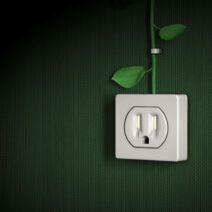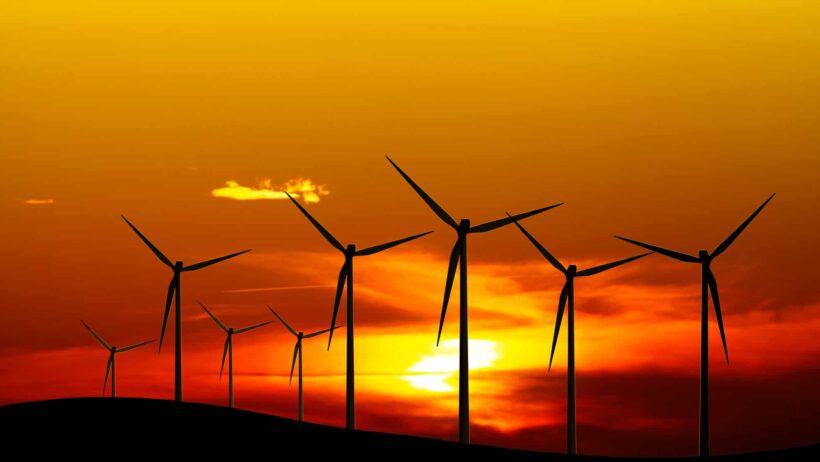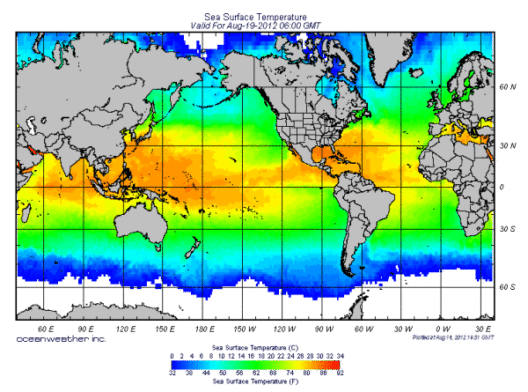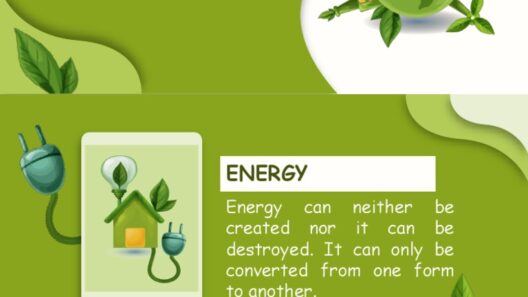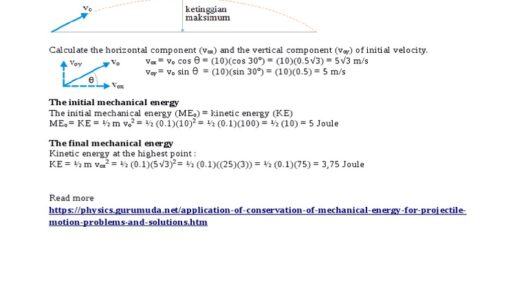The interplay between energy conservation and renewable energy sources has become a focal point in contemporary discussions surrounding sustainability. Observers frequently marvel at the duality of energy production and conservation—how one complements the other in the quest for a more sustainable future. Energy conservation, the deliberate reduction of energy consumption, serves as a cornerstone principle that can significantly enhance the efficacy of renewable energy sources like solar, wind, and hydropower.
At its core, energy conservation is a pragmatic approach to addressing the pressing challenges of climate change and resource depletion. By minimizing unnecessary energy usage, society can elongate the lifespan of existing energy resources and decrease greenhouse gas emissions. When coupled with renewable energy sources, energy conservation creates a symbiotic relationship that fosters a resilient and efficient energy ecosystem.
One common observation is that investments in energy efficiency can lead to reduced demand for energy generated from finite fossil fuels, even while transitioning to greener alternatives. This phenomenon is evident in buildings. For instance, implementing measures such as high-efficiency windows or advanced insulation can significantly curtail the energy consumption of heating and cooling systems. As a result, this translates into diminished dependency on traditional energy sources, thereby amplifying the impact of renewable energy systems that may be integrated into the facility.
Furthermore, the integration of smart technologies has revolutionized energy conservation efforts. Smart meters, for example, provide real-time feedback to consumers about their energy usage patterns, empowering them to make informed decisions. This leads to a crucial realization: when people are aware of their consumption, they tend to engage in more conscientious energy use. Such awareness complements the relentless expansion of renewable energy, as a more educated public will support policies and incentives favoring sustainable energy solutions.
Energy conservation also plays a pivotal role in the economic feasibility of renewable projects. The principle of demand-side management shows that reducing energy demand can often be more cost-effective than expanding energy supply. In a world where financial resources for energy infrastructure are finite, it becomes imperative to operate efficiently. Energy conservation enhances the viability of renewable energy projects by reducing the total energy load that these systems must meet, allowing system designers to optimize scale and associated costs.
Moreover, the concept of energy “peak demand,” referring to periods of maximum energy usage, cannot be overlooked. Conventional energy sources often struggle to meet these peaks, resulting in blackouts or the activation of less efficient, higher-emission power plants. Renewable energy sources paired with robust energy conservation can smooth out these peaks, allowing for a more consistent application of resources. By mitigating peak demand through energy efficiency measures, renewable technologies like solar and wind can function more harmoniously within the energy grid.
However, one must also consider the temporal dynamics at play when discussing renewable energy sources. Unlike fossil fuels, many renewable energy technologies are inherently intermittent. Wind and solar power generation depends heavily on environmental conditions—sunlight and wind availability are not guaranteed. This intermittency creates a need for energy storage solutions or supplementary systems to ensure a steady supply of energy. Energy conservation helps alleviate some of the challenges posed by this intermittency through reduced overall energy requirements, which allow for greater flexibility in energy production and distribution.
Additionally, energy conservation can mitigate the environmental impacts associated with the installation of new renewable energy infrastructure. As the demand for energy increases, the pursuit of new wind farms, solar arrays, and hydroelectric plants can lead to ecological disruption and community opposition. By prioritizing conservation and efficiency, society can potentially curb the expansion of these facilities, thus preserving natural habitats and minimizing land-use conflicts. This argument underscores the multifaceted advantages of embedding conservation within renewable energy strategies.
Moreover, communities that embrace energy conservation are often seen as trailblazers in the adoption of renewable energy systems. A cooperative mindset fosters a culture of innovation and collaboration, where residents advocate for clean energy solutions while actively working to minimize wasteful energy practices. This alignment of values can manifest in grassroots movements promoting local energy initiatives, ultimately leading to systemic changes in energy policy and practice.
However, it is crucial to address the potential pitfalls that can arise from an overemphasis on energy conservation at the expense of renewable energy development. Some may argue that prioritizing conservation could slow the transition towards a fully renewable energy infrastructure. This perspective is misguided; in fact, energy conservation should be viewed as an enabler rather than a hindrance. The key lies in finding a balanced approach—one that simultaneously champions energy efficiency while fervently advocating for the transition to sustainable energy sources.
In summary, the relationship between energy conservation and renewable energy is both complex and vital. Energy conservation serves as a critical mechanism that enhances the effectiveness of renewable energy sources while promoting sustainability. By reducing energy demand, we make renewable energy systems more impactful, economically feasible, and resilient. Ultimately, the fascination with energy conservation in the context of renewables speaks to a deeper understanding of the interconnectedness of our energy systems and the responsibility we hold in ensuring a thriving planet for future generations. The path towards a sustainable energy future is paved with both conservation and innovation, asking us all to be not just consumers, but proactive stewards of our energy resources.

